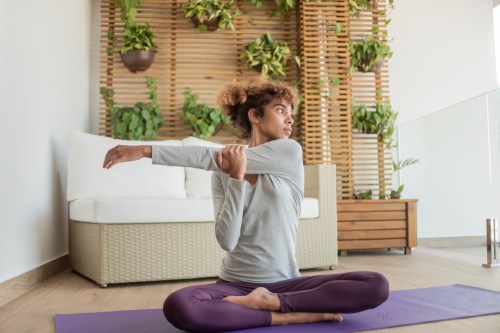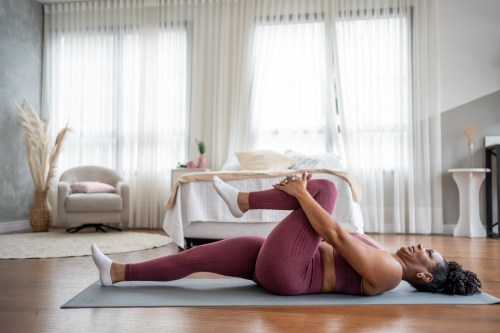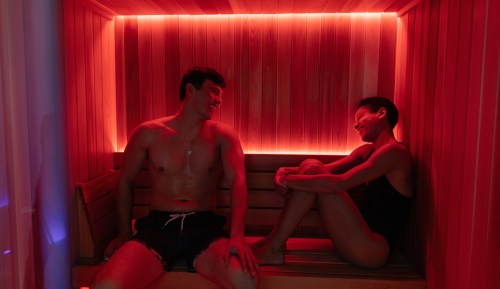10,000 steps is over. *This* metric is way more important
You can stop counting your steps. VO2 max is a much more important indicator of cadiovascular fitness and aerobic endurance.

Before I found out that 10,000 steps a day is total scam, I would do just about anything to meet the quota. (Speed walking in circles! Spending an extra five minutes on the treadmill! Running in place!) Now that the advice has been struck from the (un)official wellness rulebook, I’ve been scouting for the next big thing to gamify my workout. According to one trainer, VO2 max is the new metric to turn to for measuring your fitness goals.
“VO2 max is the person’s maximal oxygen uptake that is utilized generally during intense activities,” says Brandon Hirose, a master trainer at Crunch Gym in New York City. It’s the maximum amount of oxygen you have access to during intense forms of exercise, and it can help illustrate a person’s overall, physical potential. “It can indicate a person’s essential aerobic capacity, or the maximal working heart rate of that individual.” In short, the University of Georgia’s exercise physiology department names this metric “the best indicator of cardiovascular fitness and aerobic endurance.” Enough said.
Many wearables will automatically log your VO2 max after a few workouts. If you want to go old school and calculate it yourself though, you’ll need to do a little bit of math.
How to find your VO2 max
- 1.Calculate your heart rate max (the number of beats per minute during an intense workout) by using the equation: HRmax = 205.8 – (0.685 x age)
- 2.When you’re completely relaxed (i.e., not sweating it out at the gym), calculate your heart rate by using your forefinger and middle finger to take your pulse. Count the number of beats over the course of 10 seconds, then multiply your result by six.
- 3.Use the Uth-Sorenen-Overgaard-Pedersen estimation to find your VO2max. The equation is: VO2 max= 15.3 x HRmax/HRrest).
Now that you’ve arrived at a solution (and—if you’re like me—checked your work about three times), you can use your VO2 max to supercharge your next foray at the gym. VO2 max training is a wide-spanning mechanism for next-leveling your sweaty aspirations, but one of the more popular types is 30/30 intervals—a training modality invented by French exercise physiologist Veronique Billat. And it’s super simple, really. Just alternate 30 seconds of easy, recovery pace running with 30 seconds of effort (reaching toward your VO2 max). The same pattern stands for other forms of cardio, like rowing or spinning, too.
Hirose offers one caveat to adopting a VO2 max-centric mindset. “Remember it only serves as a working metric. There are other ways to determine someone’s general health and base line fitness with more effective assessments,” he says. In other words, your VO2 max can be helpful while you’re dashing in place at the gym, but it shouldn’t be used as a definitive indicator of how “healthy” or “fit” you are. The trainer adds that some gym-goers may find they prefer Dr. Phil Maffetone’s 180 equation (180-age = appropriate working heart rate), a formula that will also help you put a pin in the heart rate you should be striving for. “This will keep you at a manageable working zone and optimize your results,” he tells me.
Oh, and if you’re on the market for a heart rate monitor that will make keeping up with all this data a breeze, the trainer recommends Accuro’s LYNK2. This device keeps track of your different heart rate zone (and even color codes them!) for a more efficient cardio session. With that, 10,000 steps is dead; VO2 max is here to stay.
Put your newfound knowledge to the test with one of the best workouts on Aaptiv. But don’t forget to warm up!
Sign Up for Our Daily Newsletter
Get all the latest in wellness, trends, food, fitness, beauty, and more delivered right to your inbox.
Got it, you've been added to our email list.










